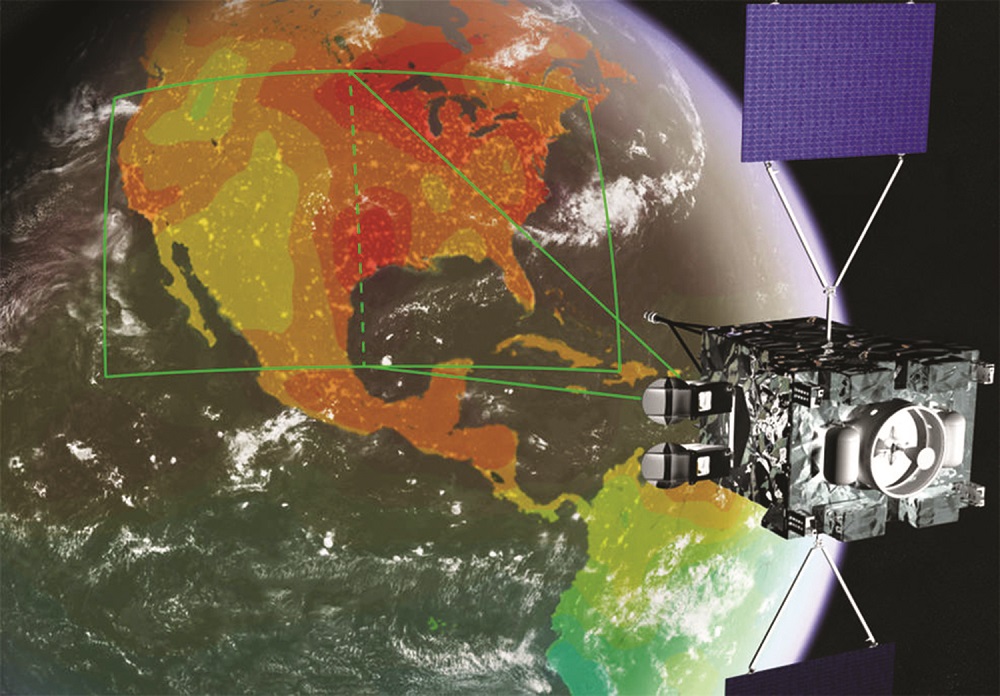SAN FRANCISCO – NASA continues to face difficulties in sending some of its payloads to orbit as hosted payloads on commercial satellites.
The space agency is looking for a geostationary commercial satellite to house the Geostationary Carbon Cycle Observatory or GeoCARB, an instrument to measure carbon dioxide, carbon monoxide and methane over North and South America.
NASA also faces a delay in sending the Multi-Angle Imager for Aerosols or MAIA to low Earth orbit.
“Both have had challenges with their hosting partners,” Charles Webb, NASA Earth Science Division associate director for flight programs, said Jan. 24 at the American Meteorological Society annual meeting.
The GeoCARB mission was planned at a time when the market for commercial geostationary satellites was strong. The space agency “anticipated upswing in terms of opportunities to put our payloads on commercial communication satellites,” Webb said.
In recent years, though, the geostationary communications satellite market has been hurt by the emergence of large satellite constellations in low Earth orbit. In addition, the FCC’s campaign to clear C-band spectrum for 5G applications prompted some geostationary communications constellation operators to revise satellite purchasing plans.
“As a result, some of the opportunities that we had seen in the timeframe that we needed to put GeoCARB in orbit disappeared,” Webb said. “The challenge that we’re facing is a limited number of opportunities to get to ride along with a commercial payload.”
For MAIA, NASA awarded a contract to General Atomics in 2018 for hosting services, including satellite integration and testing. General Atomics Electromagnetic Systems selected Firefly Aerospace to launch MAIA on its Alpha rocket in 2022.
Late last year, however, Firefly paused 2 Alpha launch preparations while Noosphere Venture Partners, a fund run by Ukrainian-born investor Max Polyakov, prepared to sell its stake in Firefly at the request of the Committee on Foreign Investment in the United State.
In contrast to GeoCARB and MAIA, the hosted payload process is proceeding well for Tropospheric Emissions: Monitoring Pollution sensor or TEMPO, a sensor built by Ball Aerospace to monitor pollution over North America.
NASA chose Maxar Technologies to find a host for TEMPO, which is scheduled to travel to orbit in January 2023 on the Intelsat 40e communications satellite.
“TEMPO is indeed progressing nicely to launch, with excellent support from Maxar,” Webb told SpaceNews.
